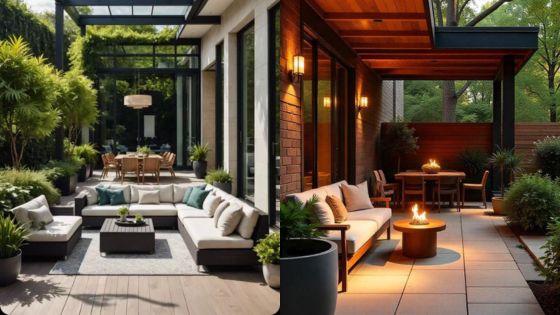Transforming your outdoor space into a perfect retreat involves thoughtful planning and design. Begin by considering your lifestyle and how you intend to use the area. Whether for entertaining guests, relaxing with family, or enjoying a quiet moment, defining its purpose is crucial.
Incorporate functional areas to enhance usability while focusing on aesthetics for a welcoming atmosphere. Comfortable seating, creative landscaping, and effective lighting can significantly elevate your outdoor experience, providing a space that feels both inviting and functional.
Emphasizing the importance of these elements can make your outdoor living area a true extension of your home.
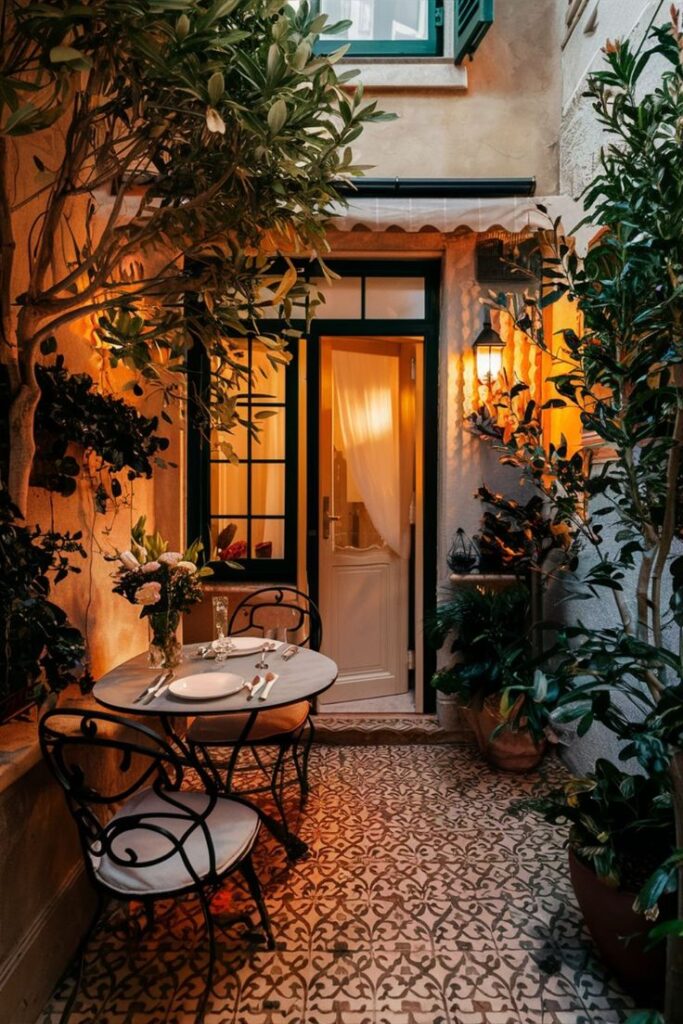
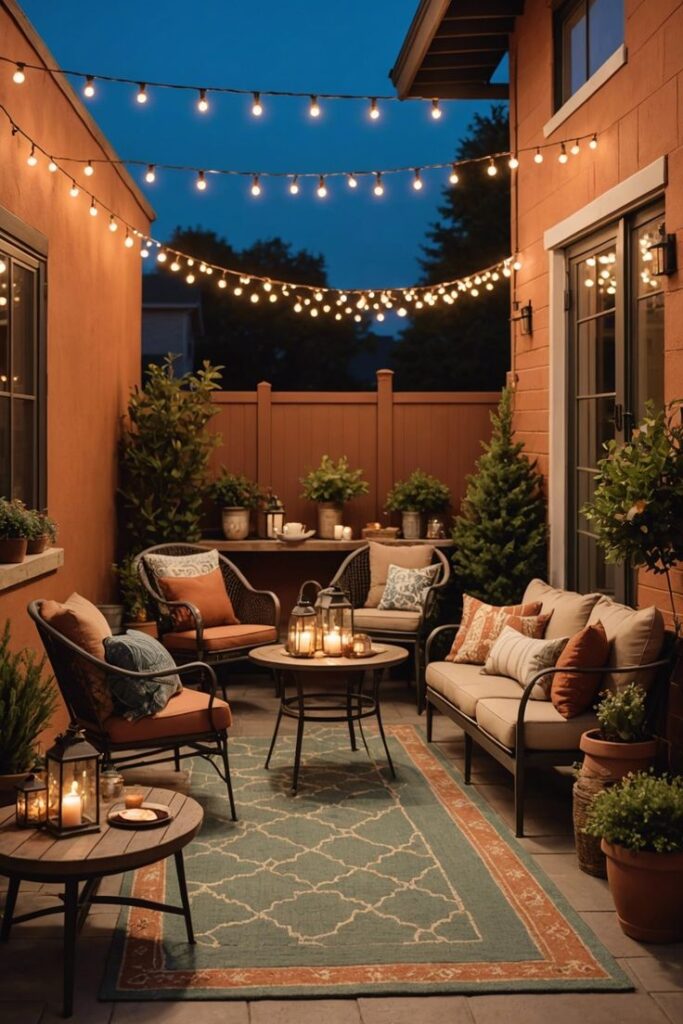
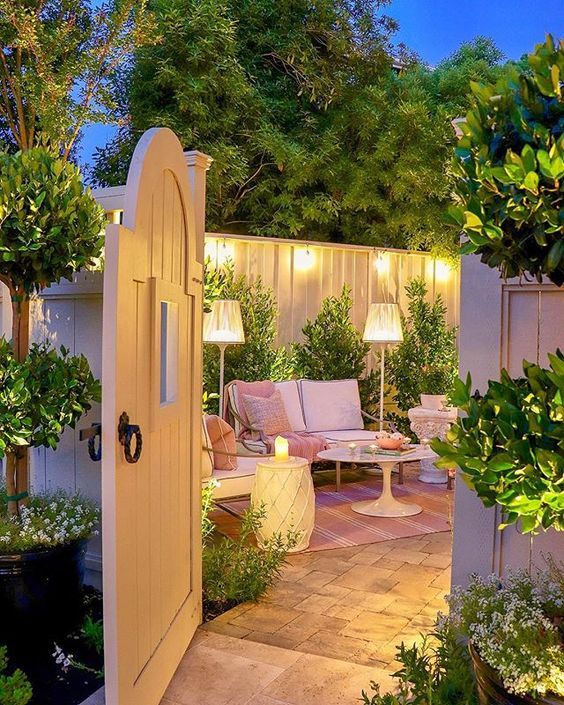
Key Takeaways
- Define the purpose of your outdoor space for better design choices.
- Create functional areas that enhance comfort and usability.
- Use lighting and accessories to elevate the overall look and feel.
Designing Your Outdoor Living Space
Creating a satisfying outdoor living space requires understanding its potential, incorporating essential elements, and selecting suitable furniture. Focus on how your outdoor area can best serve your lifestyle while integrating design and functionality.
Understanding Outdoor Space Potential
Consider the layout and features of your outdoor space. Evaluate its size, shape, and surroundings to find ways to optimize its use. Is there a patio, deck, or a natural landscape you can enhance?
Identify the main activities you envision in this area, such as entertaining, relaxing, or gardening. Each purpose dictates specific requirements. For instance, an entertainment area may need ample seating, while a garden zone requires planting beds and pathways.
Elements of Outdoor Living Area Design
Incorporate natural elements like plants and trees into your landscape design. Native plants will thrive and require less maintenance. Hardscapes, including stone pathways or a wooden deck, provide structure and functionality.
Key design elements include:
- Lighting: Use fixtures such as string lights or lanterns to add ambiance and extend usability into the evening.
- Borders and Zones: Define spaces using plants, tiles, or decorative stones.
- Water Features: Consider fountains or ponds to bring tranquility into your surroundings.
These elements contribute to an inviting atmosphere while ensuring practical use.
Choosing the Right Outdoor Furniture
Selecting appropriate outdoor furnishings is essential for comfort and style. Choose materials that withstand the elements, such as aluminum or teak wood.
Factors to consider when selecting furniture:
- Size: Ensure furniture complements your space without overcrowding.
- Functionality: Multi-functional pieces, like benches with storage, can optimize your area.
- Aesthetic Appeal: Match furniture styles with your home’s architecture for a cohesive look.
Consider adding cushions or throws for comfort. These can enhance your atmosphere while providing easy updates in color or pattern as needed.
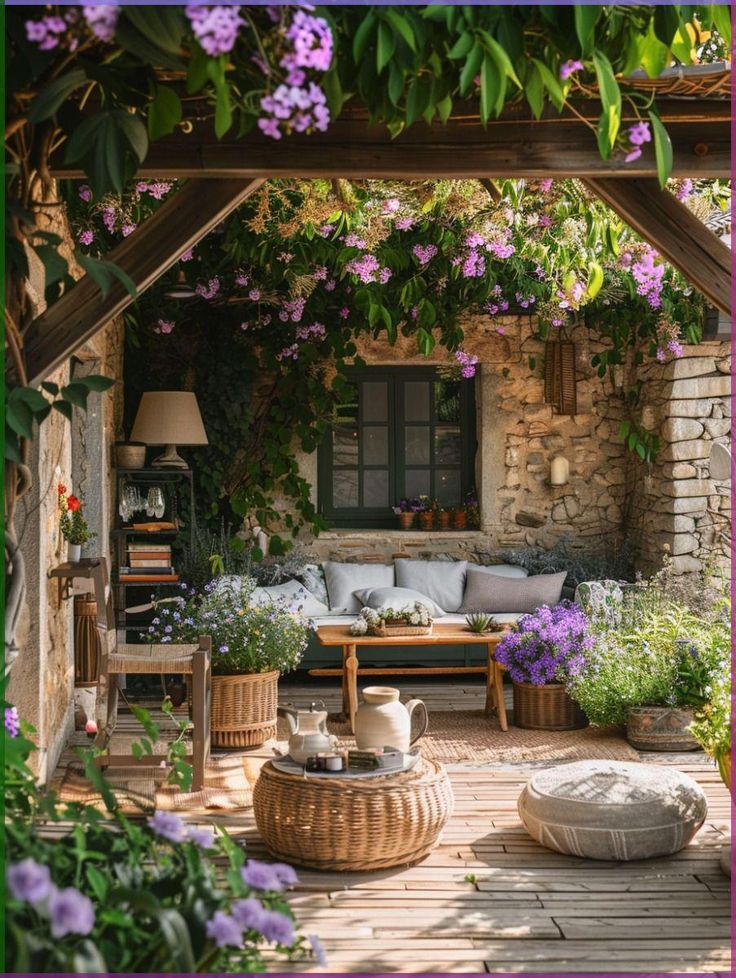
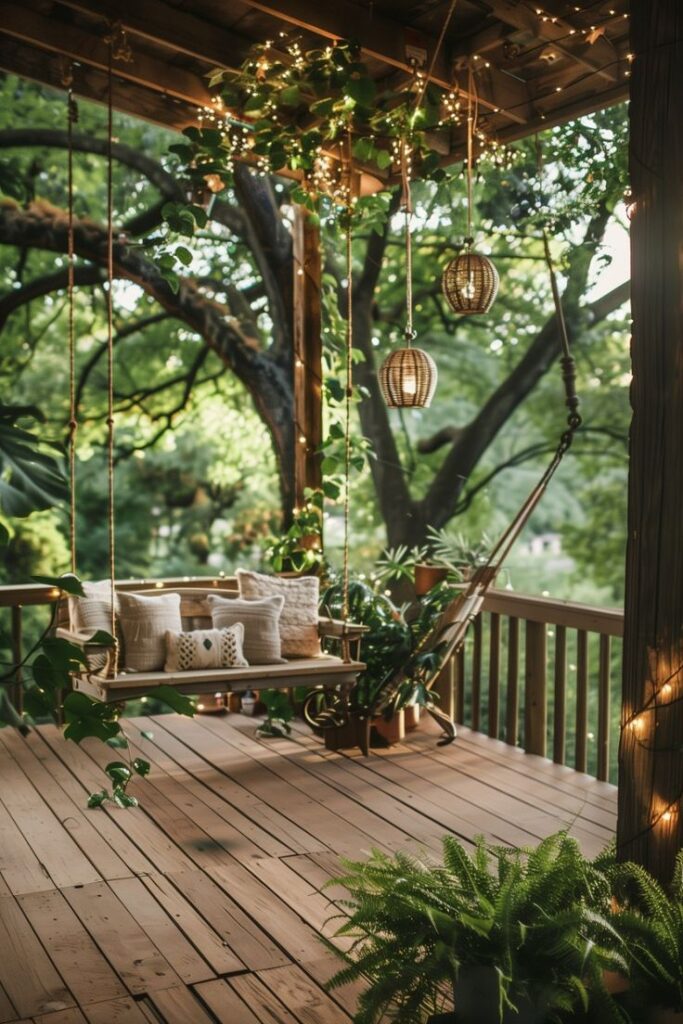
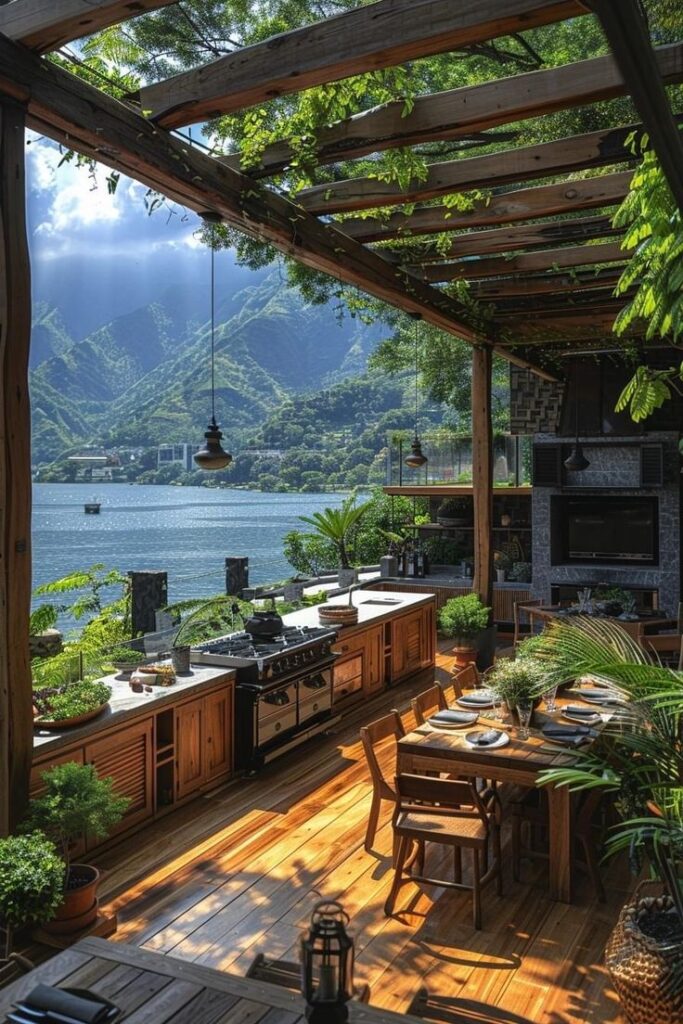
Creating Functional Areas
Creating distinct functional areas in your outdoor living space can enhance usability and aesthetics. Prioritizing areas such as a dining space, a cozy lounging spot, and an outdoor kitchen can ensure you maximize enjoyment and practicality.
Establishing a Dining Area
Design a dedicated outdoor dining area to host meals and gatherings. Choose a location that gets ample natural light but isn’t overly exposed to the elements. Make sure to include a sturdy dining table and comfortable chairs.
Consider adding a table size that accommodates your typical number of guests. It’s essential to select weather-resistant materials to ensure longevity. You might also want a shade structure, like a gazebo or umbrella, to provide relief on sunny days.
Include accessories such as outdoor dinnerware and décor to enhance the ambiance. Adding lights can create a warm atmosphere for evening meals.
Designing a Cozy Lounging Spot
A cozy lounging area invites relaxation and conversation. Prioritize seating that encourages social interaction, such as sectional sofas or benches. Use outdoor cushions to enhance comfort and color.
Incorporate side tables for convenience, allowing easy access to drinks and snacks. Consider adding a fire pit or a portable heater to extend usability into cooler months.
Incorporating greenery, like potted plants or trellises with climbing vines, can also help create an inviting atmosphere. A rug can define the space and provide added comfort underfoot.
Integrating an Outdoor Kitchen
An outdoor kitchen can elevate your outdoor living experience. Position it near the dining area for seamless meal service. Choose essential appliances, such as a grill, fridge, and sink, to enhance functionality.
Use durable materials like stainless steel or stone that withstand weather conditions. Ensure you have adequate counter space for meal prep and serving.
Adding amenities like a bar or seating area can encourage socializing while cooking. For a finishing touch, incorporate lighting solutions that illuminate the workspace and dining area for evening gatherings.
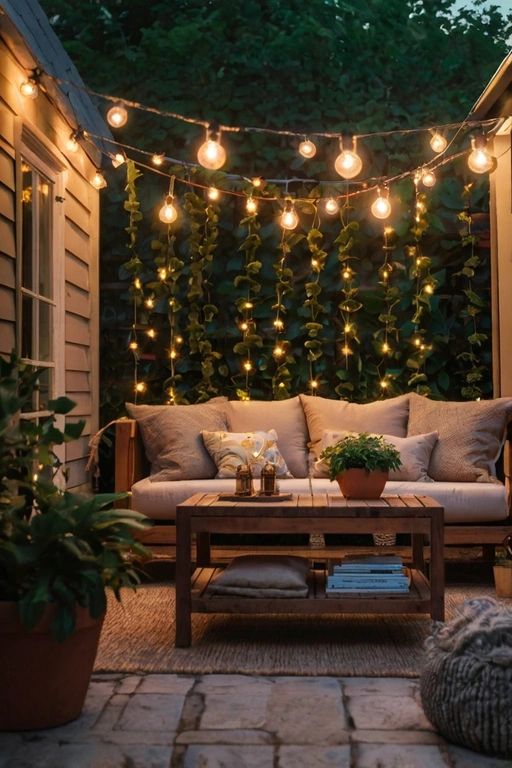
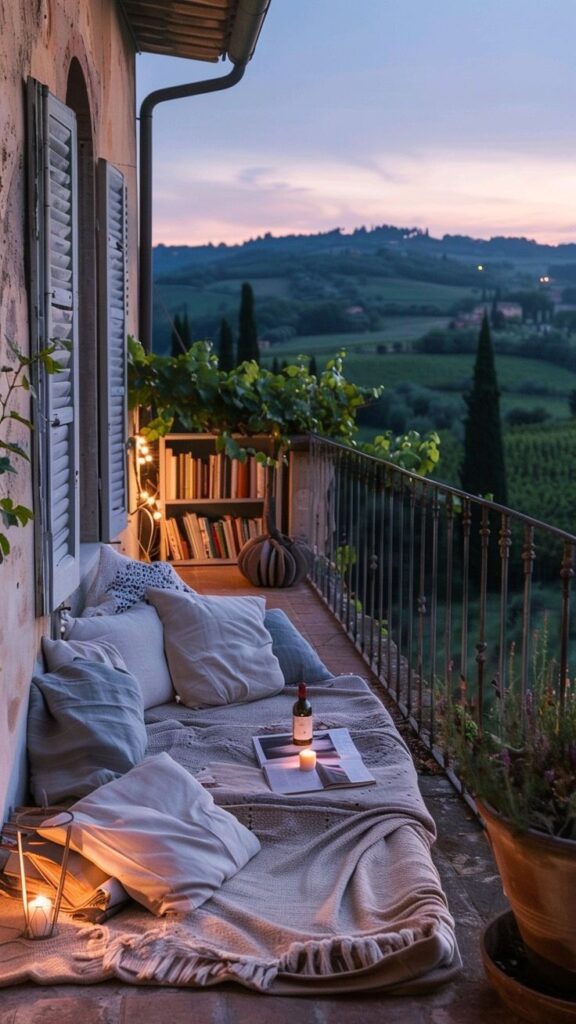
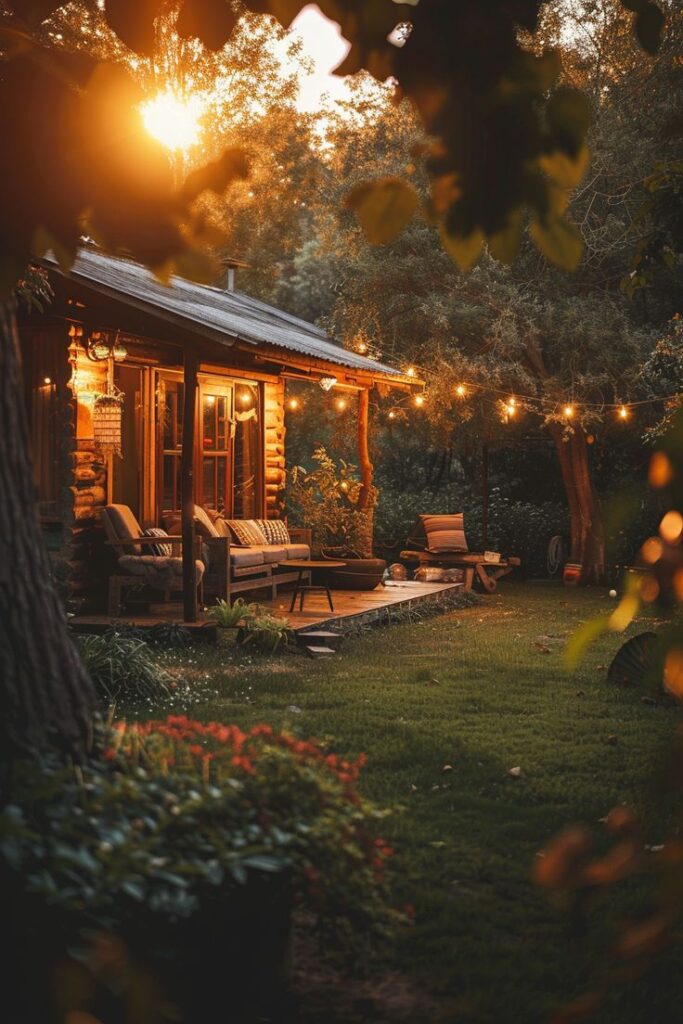
Enhancing Aesthetics and Comfort
Creating an inviting outdoor living space involves thoughtful design elements that enhance both beauty and relaxation. The right plant selection, the addition of water features or fire pits, and effective garden design play pivotal roles in achieving an outdoor oasis.
Strategic Plant Selection
Choose plants that complement your space while considering their growth patterns, colors, and maintenance needs. Opt for a mix of perennials and annuals to ensure year-round interest.
Consider layering plants. Taller plants can create a backdrop, while shorter ones can fill in the foreground. Incorporate a balance of textures, colors, and foliage forms for visual appeal. Think about seasonal changes; evergreens provide structure in winter while colorful blooms brighten summer.
Incorporating Water Features and Fire Pits
Water features add tranquility and a soothing ambiance. Options include ponds, fountains, or even small streams, which attract wildlife and create a natural ecosystem.
Fire pits serve as a focal point in your outdoor area. They offer warmth during cooler evenings and create a gathering space. Choose from built-in options or portable models based on your landscaping layout. Safety should be your priority, so ensure there’s adequate distance from flammable materials.
Garden Design and Decoration
Effective garden design ties the space together. Utilize pathways and defined borders to create flow. A mix of gravel, pavers, or stepping stones can lead guests through your area, enhancing accessibility.
Remember to incorporate decorative elements such as sculptures, trellises, or hanging planters. These details provide character and can represent your personal style. Incorporate comfortable seating into garden areas to encourage relaxation and enjoyment.
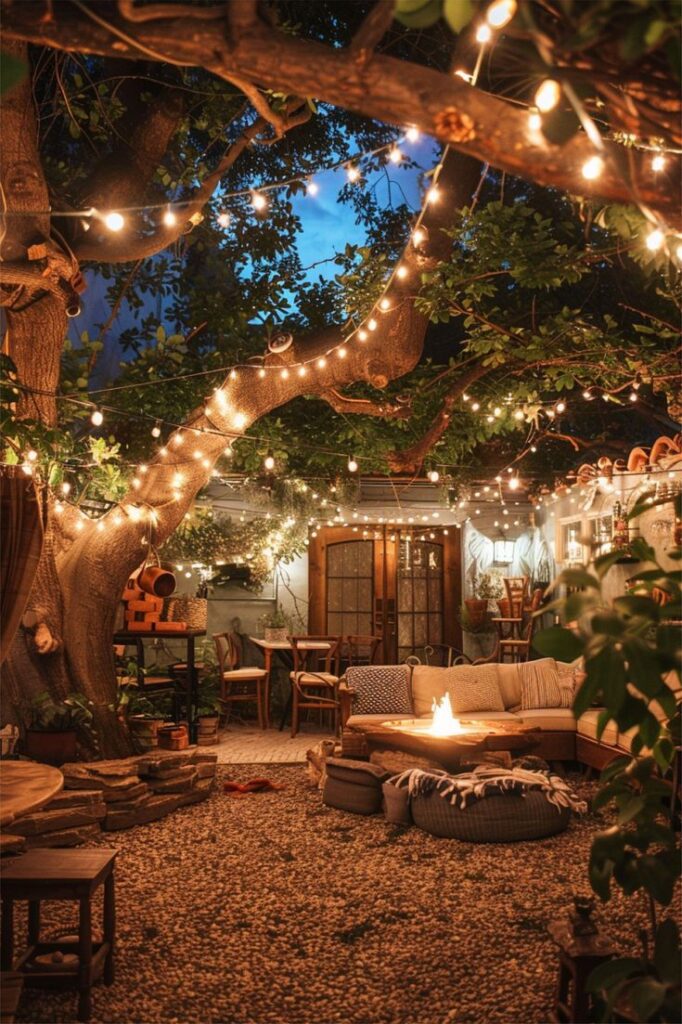
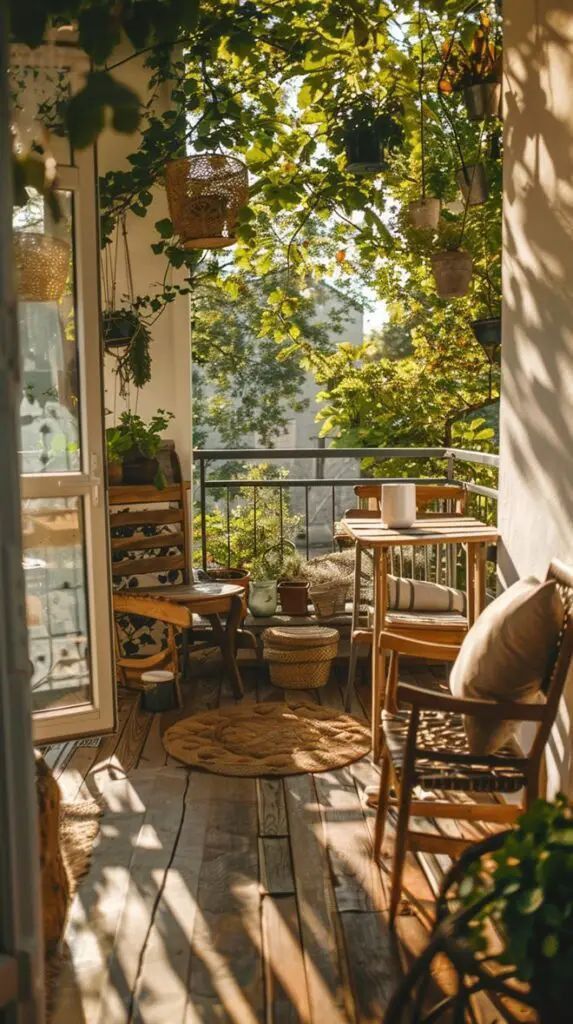
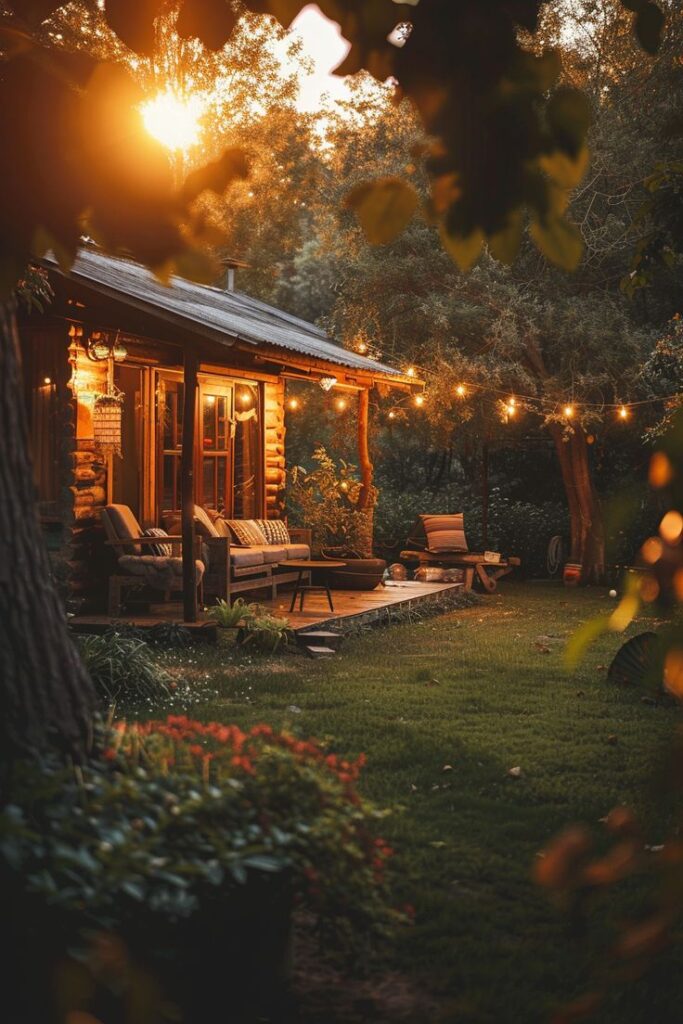
Lighting and Accessorizing the Outdoor Space
Creating the right atmosphere outdoors involves careful consideration of lighting and accessories. Proper lighting enhances safety and mood, while accessories can add style and functionality to your space.
Choosing the Right Lighting
When selecting lighting for your outdoor space, consider a mix of ambient, task, and accent lighting. Solar-powered lights are energy-efficient options that require minimal installation. They can be placed along pathways or in garden areas.
Lanterns and fairy lights can create a warm, inviting ambiance, especially during evening gatherings. Hanging fairy lights from a pergola adds a charming touch. For task lighting, opt for brighter fixtures over dining areas or cooking spaces.
A well-placed outdoor rug can also help define areas and can complement your lighting effectively. Ultimately, ensure that your lighting complements your overall design while providing adequate illumination.
Accessorizing for Style and Functionality
Accessorizing your outdoor space enhances its usability and aesthetic appeal. Outdoor rugs can introduce color and texture, making areas more inviting. Choose weather-resistant materials for durability.
Incorporate artificial turf in high-traffic areas to maintain a green look without the maintenance. Combine different textures like cushions and throws on seating to make the space cozy and visually appealing.
Using decorative planters with seasonal flowers adds vibrancy and life. Additionally, items like candles or decorative lanterns can provide both light and artistic flair. Balance is key, so mix functionality with creativity to create an inviting atmosphere.
- 33shares
- Facebook0
- Pinterest33
- Twitter0
